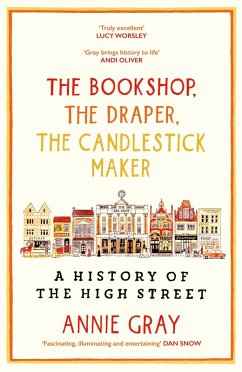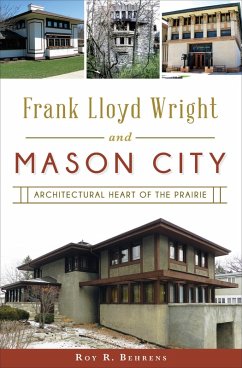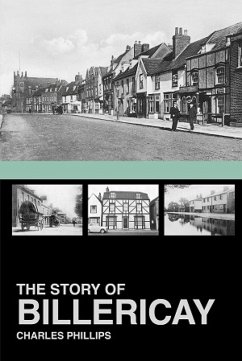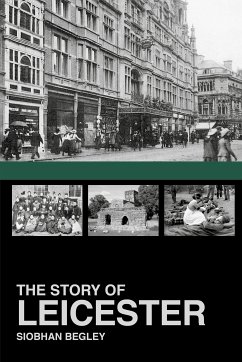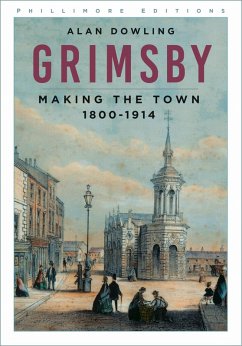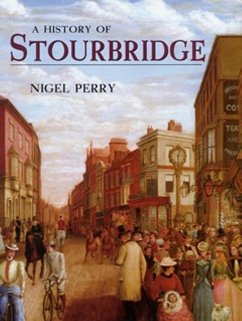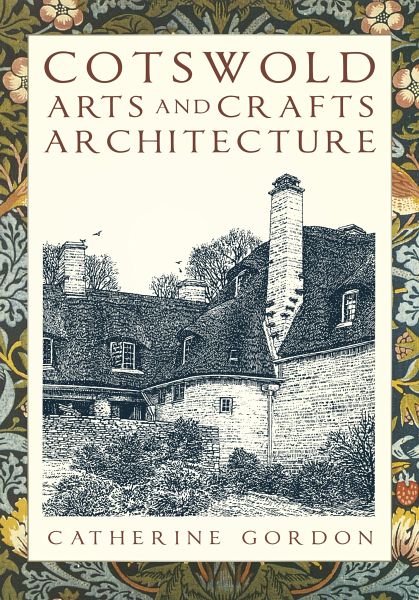
Cotswold Arts and Crafts Architecture (eBook, ePUB)
Versandkostenfrei!
Sofort per Download lieferbar
18,49 €
inkl. MwSt.
Weitere Ausgaben:

PAYBACK Punkte
0 °P sammeln!
Between 1890 and 1930, Arts and Crafts architecture proliferated within the Cotswolds. The range and quality of the buildings was exceptional, as the region provided the perfect environment for the Movement's ideals and principles to flourish. Arts and Crafts architects relished the robust vernacular precedent that served to focus their ideas and stimulate their creativity. Its rational basis and dependence on craft skills had lasting relevance, and it was no coincidence that the most infl uential aspect of their work was its emphasis on conservation. This new and updated paperback edition pro...
Between 1890 and 1930, Arts and Crafts architecture proliferated within the Cotswolds. The range and quality of the buildings was exceptional, as the region provided the perfect environment for the Movement's ideals and principles to flourish. Arts and Crafts architects relished the robust vernacular precedent that served to focus their ideas and stimulate their creativity. Its rational basis and dependence on craft skills had lasting relevance, and it was no coincidence that the most infl uential aspect of their work was its emphasis on conservation. This new and updated paperback edition provides a guide to the general characteristics of Cotswold Arts and Crafts structures, with chapters on the various types of new commissions to be found, as well as repair and remodeling projects. The final chapter discusses the late flowering of Arts and Crafts work that occurred during the interwar period and beyond, and the legacy of this important body of work at a local and national level.
Dieser Download kann aus rechtlichen Gründen nur mit Rechnungsadresse in A, B, BG, CY, CZ, D, DK, EW, E, FIN, F, GR, H, IRL, I, LT, L, LR, M, NL, PL, P, R, S, SLO, SK ausgeliefert werden.





